Fiber-optic cables are the backbone of modern communication systems, enabling rapid data transfer across vast distances. The efficiency and reliability of these networks hinge on the quality of Fusion Splicer. This comprehensive guide is designed to equip both novices and experts with the knowledge and techniques required for precise and stable fiber optic splicing. Whether you’re setting up a new network or maintaining an existing one, this article provides all the insights you need for seamless connectivity and optimal performance.
What is a Fiber Optic Fusion Splicer?
Fusion Splicer is a technique that joins two optical fibers by applying heat, typically from an electric arc, to fuse the glass ends together. This method boasts minimal insertion loss and negligible back reflection, ensuring robust connections that stand the test of time. A Fusion Splicer uses advanced imaging to precisely align the fiber cores before melting them with controlled heat. The device consists of an alignment mechanism, a heat source, and a cleaver for preparing fiber ends prior to splicing. Proper splicing is instrumental in maintaining network performance and reliability.
How Does a Fiber Splicing Operate?
A fiber splicing operates by precisely positioning the optical fiber ends to be joined. Motors and cameras ensure accuracy. An electric arc is generated between two electrodes, heating the fiber ends until they melt and fuse together upon proper alignment. The process involves removing the protective coating, cleaning and cleaving the fibers for smoothness and flatness, aligning them in the splicer, and applying heat for fusion. The splicer then checks for faults through integrated detection systems, ensuring minimal signal attenuation and strong connections.

Types of Fiber Optic Fusion Splicers
Fiber optic fusion splicers can be broadly categorized based on their features and applications. The main types include Core Alignment Fiber Optic Splicing, Single Fiber Optic Splicing, Ribbon Fiber Optic Splicing, and Handheld or Portable Fiber Optic Splicing.
Core Alignment Fusion Splicers
These Fusion Splicers use imaging technology to align fiber cores before fusing, offering the highest precision for critical network installations. They feature precision motors and multi-axis alignment mechanisms to minimize optical loss and enhance Fusion Splicer quality. For single-mode fibers, core alignment splicers typically achieve losses of less than 0.02 dB.
Single Fiber Optic Splicing
Ideal for point-to-point connections and repairs, single fiber splicers splice individual optical fibers. They are particularly useful in areas where FTTH (Fiber To The Home) is prevalent, providing compactness and reliability with an average splice loss of around 0.05 dB.
Ribbon Fiber Optic Splicing
Designed for simultaneous fusion of multiple strands, up to 12 at once, ribbon splicers increase efficiency and reduce splicing time for large count fiber optic cables. They maintain typical splice losses below 0.1 dB per fiber, thanks to mass fusion technology.

Handheld or Portable Splicers
Compact and lightweight, these units are ideal for fieldwork or emergency repairs where time is of the essence. Despite their size, many portable models offer features comparable to benchtop units, with splicing loss typically ranging from 0.05 dB to 0.07 dB.
Importance of Core Alignment in Fusion Splicer
Core alignment in fusion splicing offers numerous benefits, including lower splice loss, increased return loss values, enhanced durability and mechanical strength, and simplified Fiber Optic Splicing processes. It is essential for high-density fiber optic networks to meet performance requirements and reduce operational costs associated with frequent maintenance and troubleshooting.
Core Alignment vs. Cladding Alignment
Core alignment focuses on precise core-to-core alignment, minimizing splice loss and ensuring high return loss values for single-mode fibers. In contrast, cladding alignment, which is simpler and cheaper, aligns the outer claddings of fibers but can result in higher losses and lower return losses, making it suitable for multimode fibers or less demanding applications.
Features of Core Alignment Fusion Splicers
Core alignment Fusion Splicer offer high-precision alignment with submicron accuracy, automated programs for real-time adjustments, environmental protection features, and built-in heaters for longevity and durability. They also support a wide range of fiber sizes and types.
Step-by-Step Guide for Fusion Splicer
The guide includes preparation, cleaning and checking fibers, stripping fiber coating, cleaving fibers, aligning fibers in the splicer, automatic core alignment, manual adjustment if needed, initiating the fusion process, splice loss estimation, applying splice protector, heating and securing, and final inspection and testing.
Necessary Tools: Cleaver, Strippers, and Fiber Holder
For successful Fusion Splicer, you need a cleaver for accurate cuts, strippers to remove protective coatings, and a fiber holder to ensure perfect alignment.
Common Mistakes to Avoid While Splicing
Avoid improper fiber preparation, poor fiber alignment, and contaminant exposure to ensure high-quality splices.
Troubleshooting Common Issues with Fiber Optic Fusion Splicer
This section covers dealing with Fusion Splicer loss, identifying and correcting poor fiber alignment, and maintaining your splicing machine.
Frequently Asked Questions (FAQs)
The FAQs provide answers to common questions about Fusion Splicers, their components, the impact of alignment on splicing quality, the difference between core alignment and clamp type splices, the benefits of using a six-motor core alignment splicer, the function of an FTTH automatic fiber fusion splicer, precautions during the splicing process, and the average time required to splice a fiber optic cable.

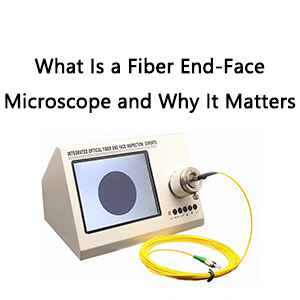
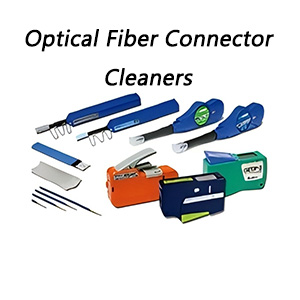

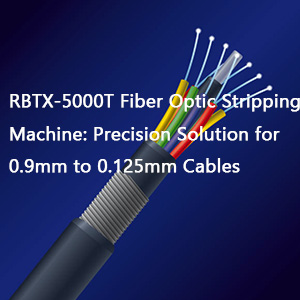

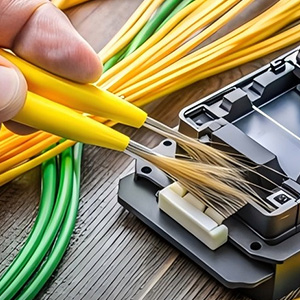
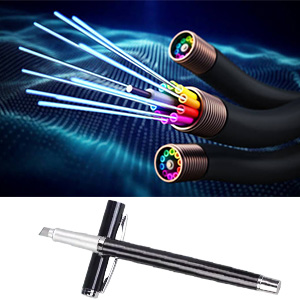
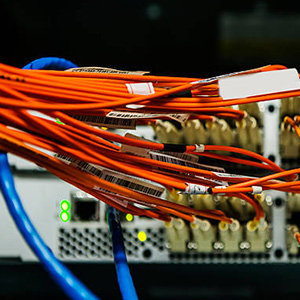
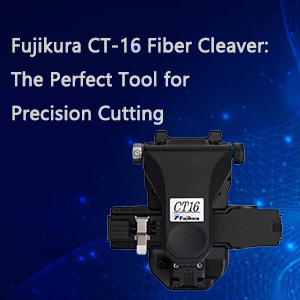

Lanshack offers a vast selection of Cat 5e Patch Cables, Cat 6 Patch Cables, Fiber Optic Patch Cables, Cat 6A Patch Cables and Networking IT Cables & Toolkits.
Hi Lanshack, thanks your comment, FiberLife is so expected to cooperate with your team in fiber patch cable and network cable tools.